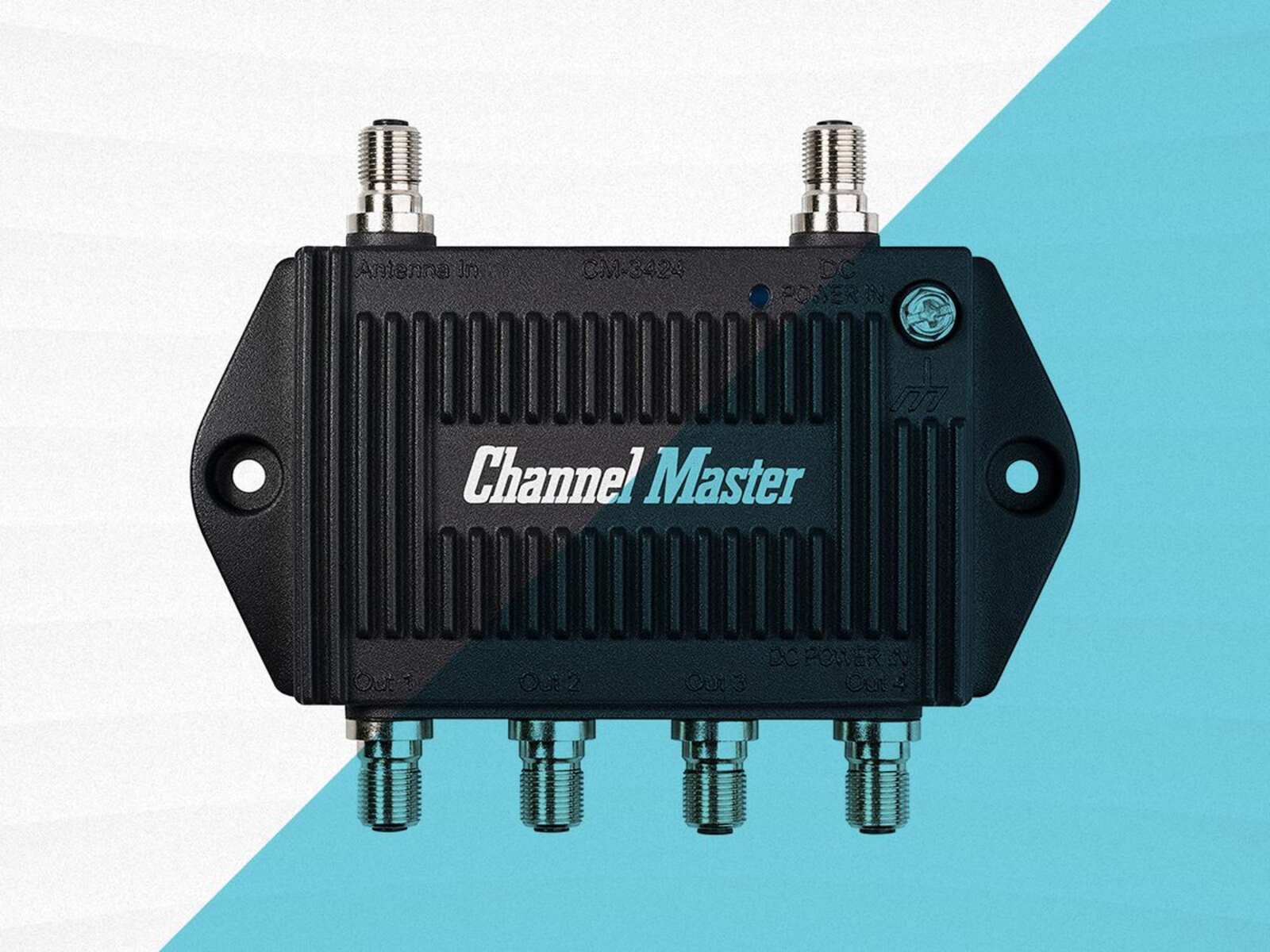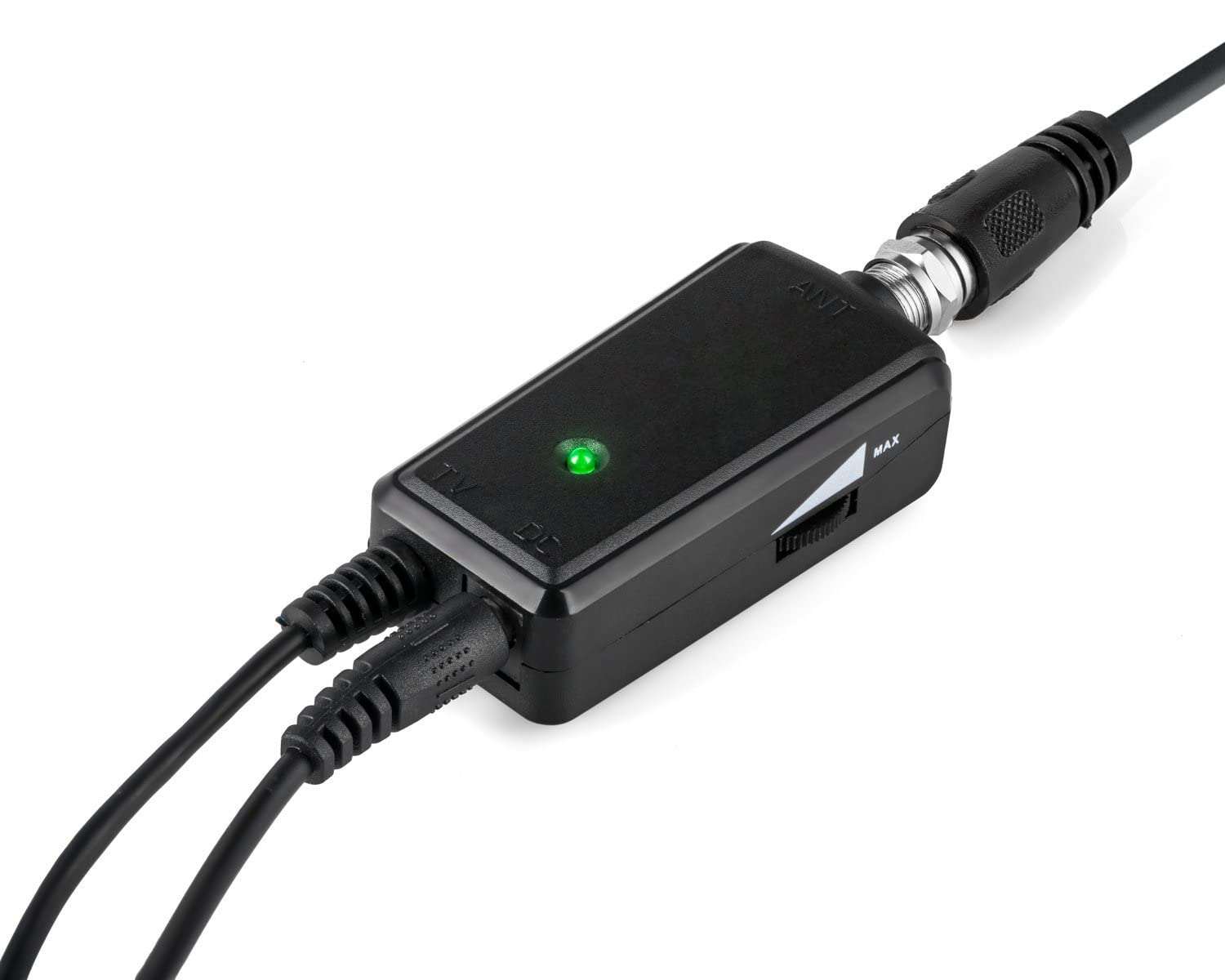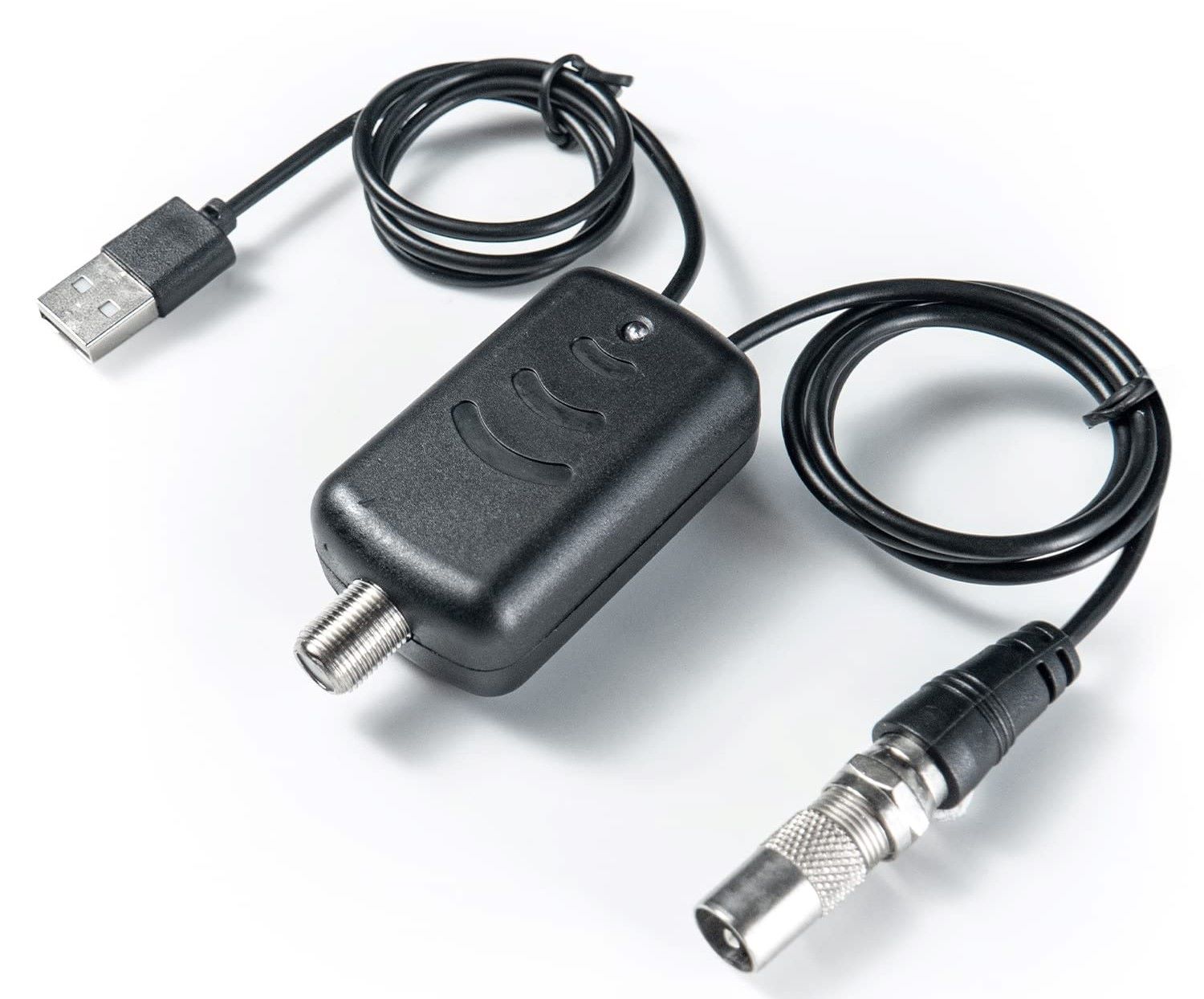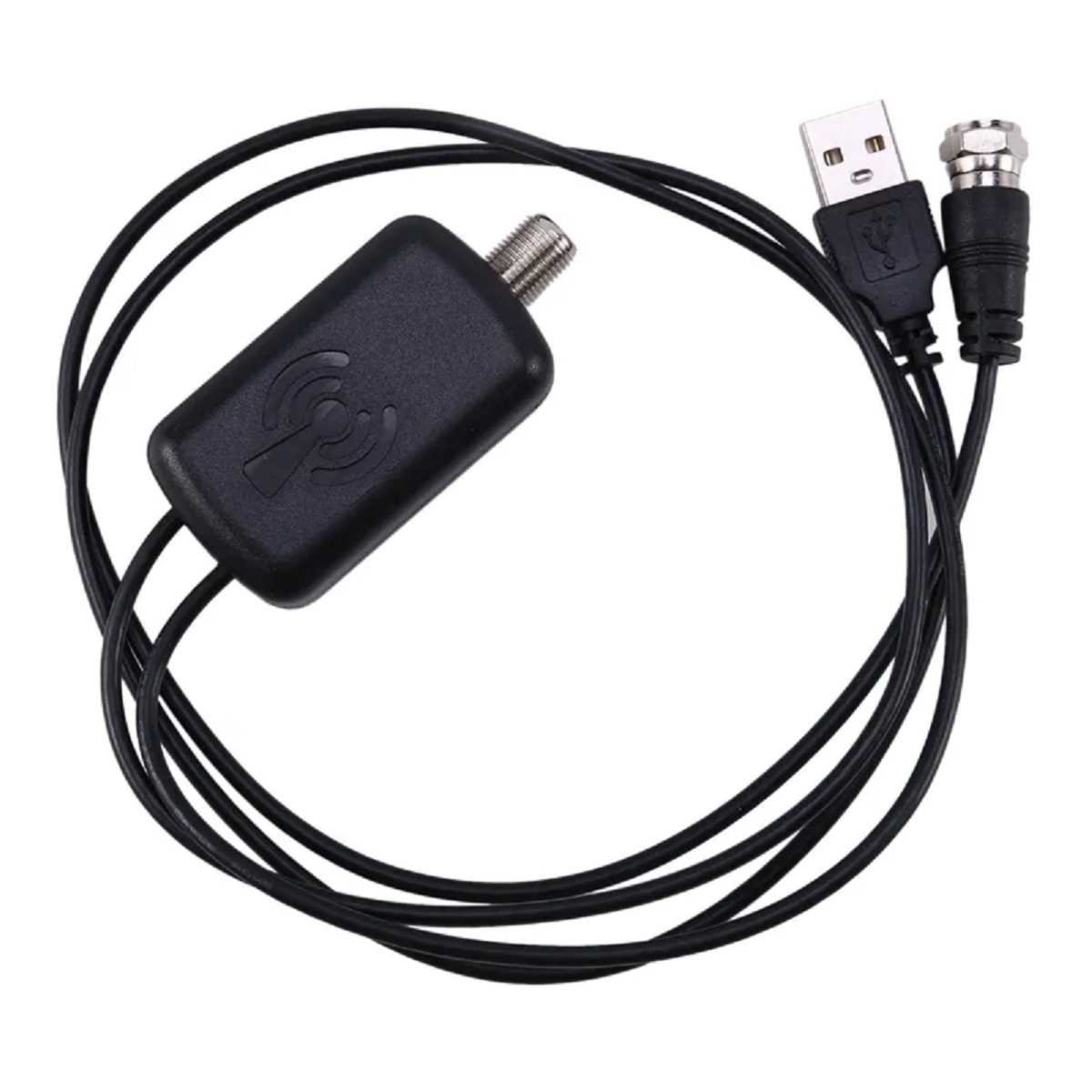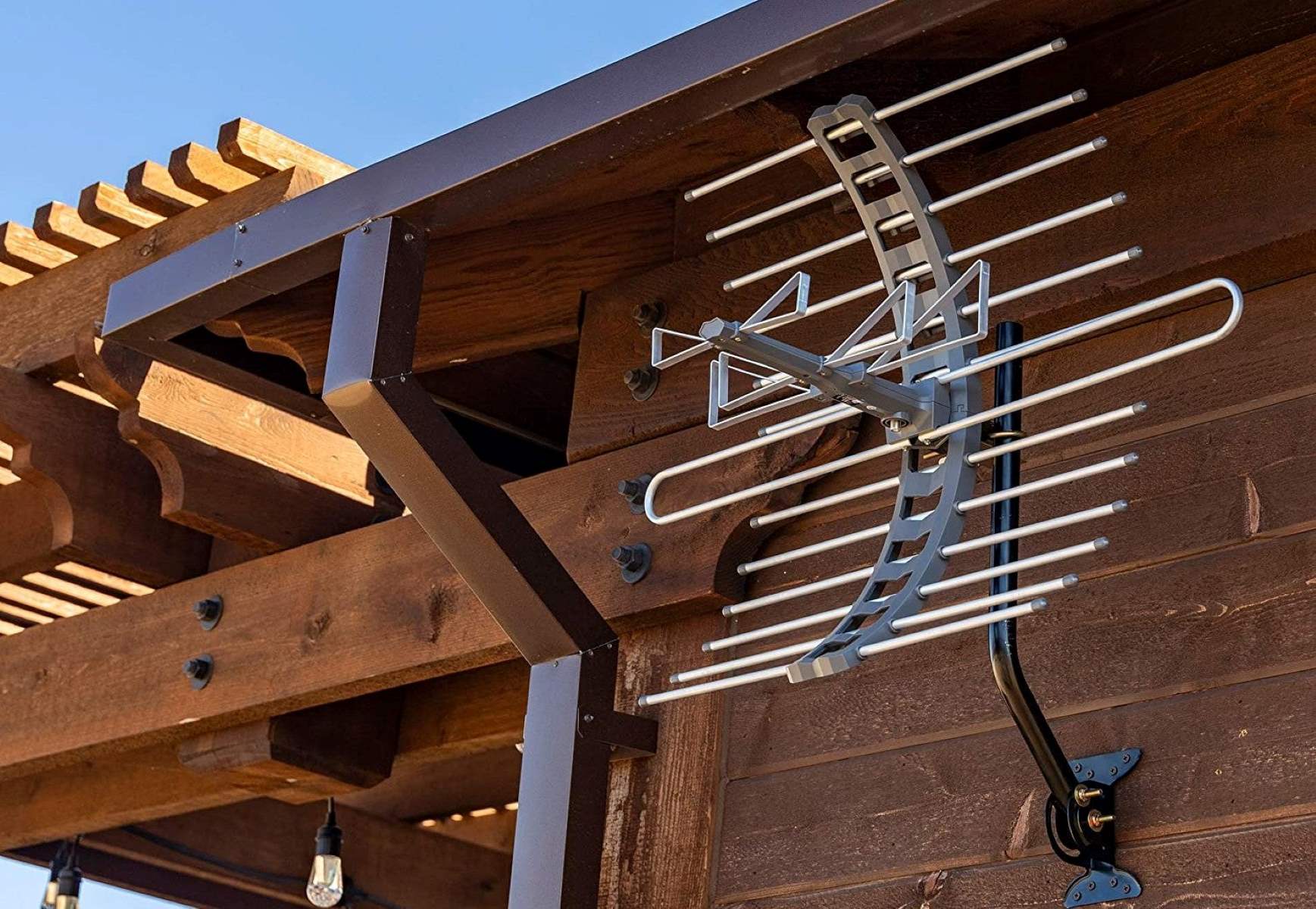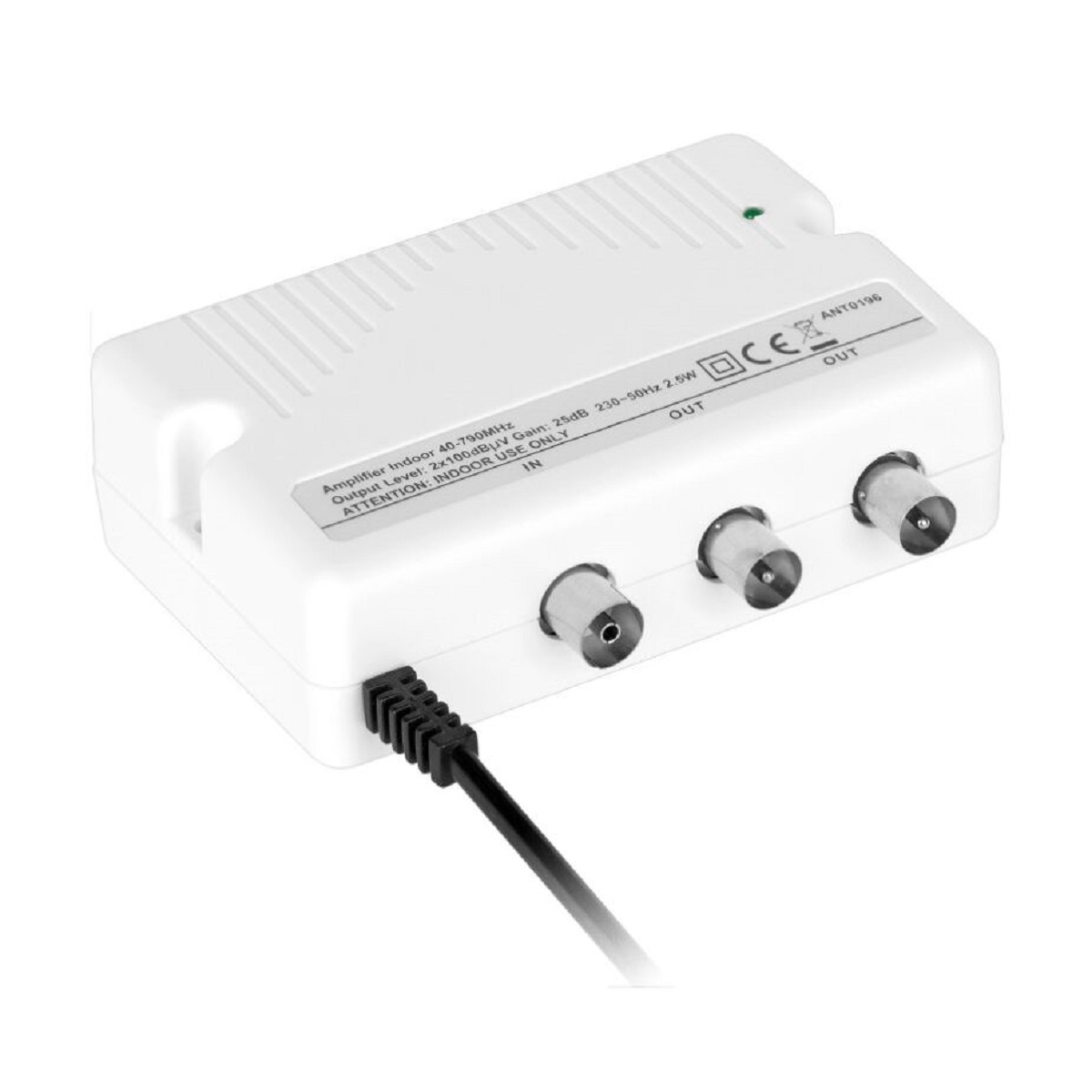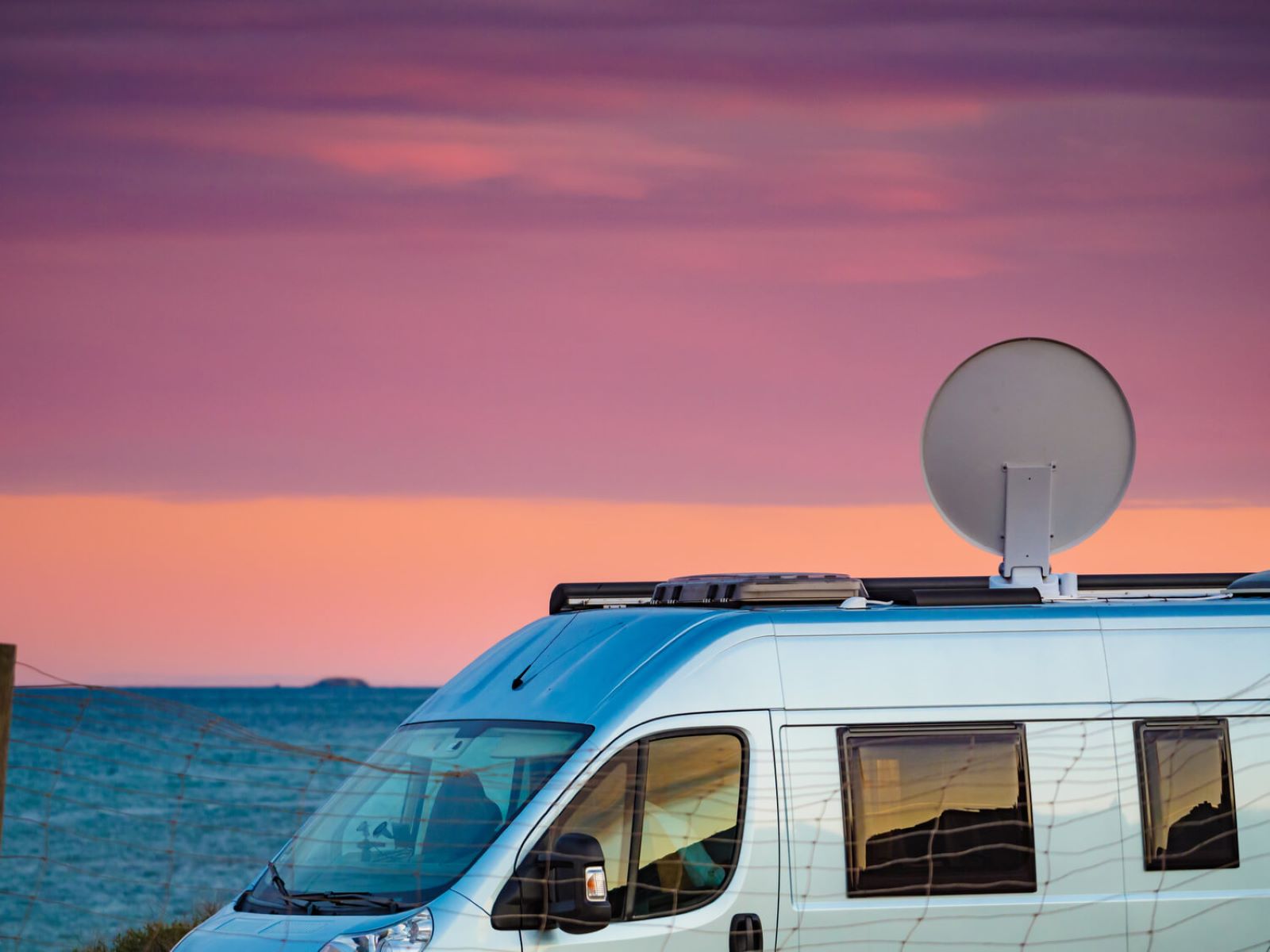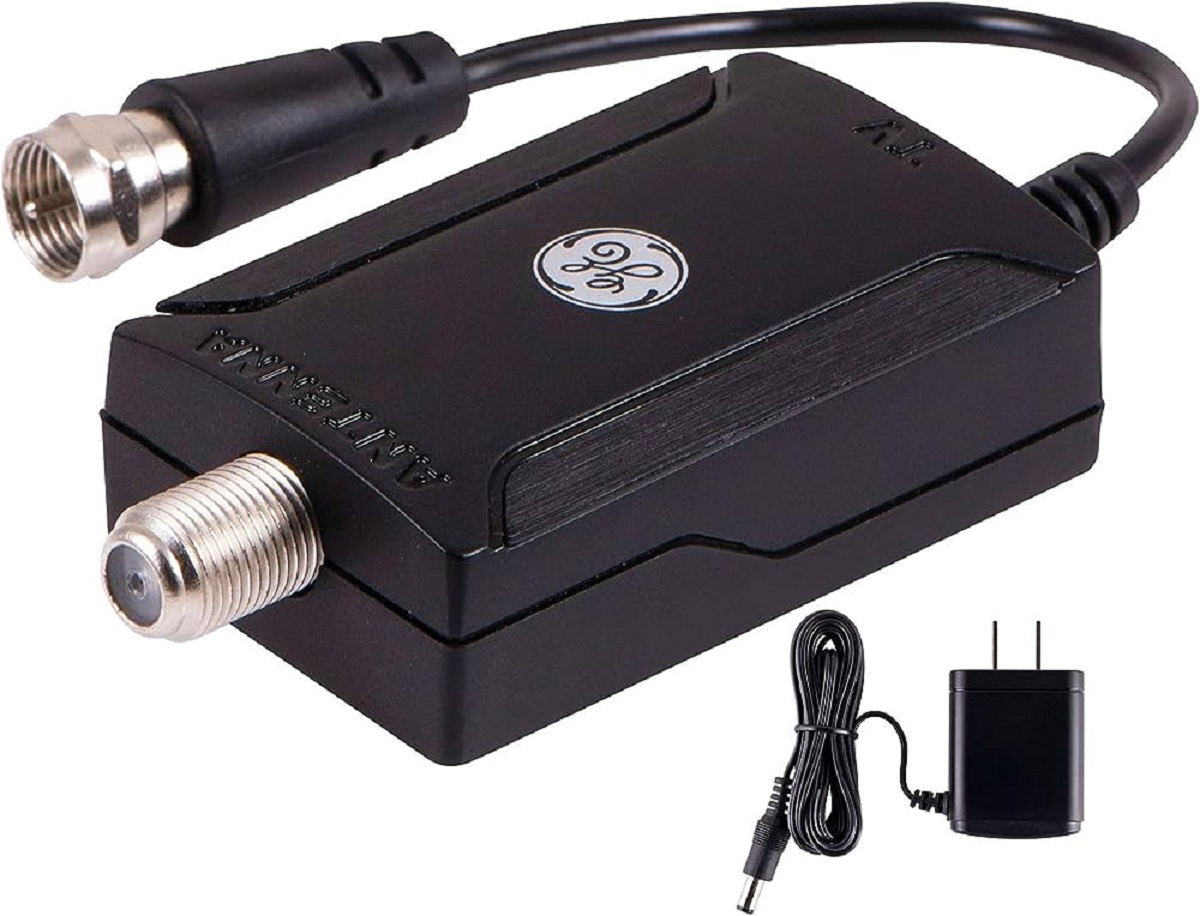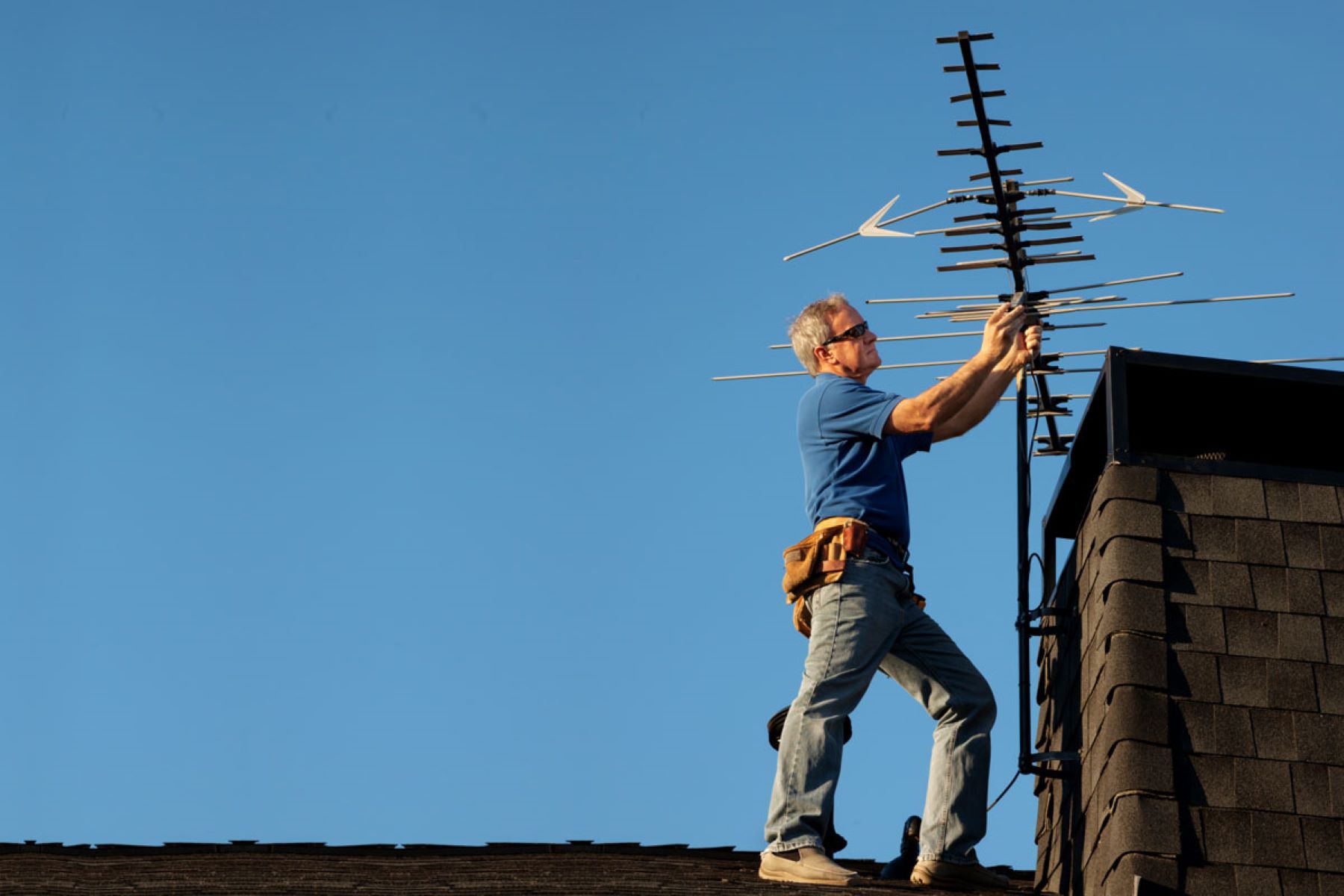Understanding TV Signal Boosters
Understanding TV Signal Boosters
TV signal boosters, also known as TV antenna amplifiers, are devices designed to improve the strength and quality of television signals received by an antenna. They work by amplifying the incoming signals, allowing for clearer reception and better picture quality. Understanding how TV signal boosters function and their impact on your TV viewing experience is crucial when considering the purchase of a signal booster.
When a TV signal is transmitted from a broadcasting station, it can degrade as it travels through the air, especially in areas with obstacles such as buildings or natural terrain. A TV signal booster helps to overcome this degradation by amplifying the weak signals, resulting in a stronger and more reliable signal reaching your TV.
It’s important to note that TV signal boosters do not create signals; rather, they enhance the existing signals to improve reception. Additionally, they are not a one-size-fits-all solution, as their effectiveness depends on various factors, including the distance from the broadcasting tower, the terrain, and the quality of the antenna.
TV signal boosters are particularly beneficial in areas with weak signal reception, where the use of a high-quality antenna alone may not suffice. By understanding the role of TV signal boosters in addressing signal deficiencies, consumers can make informed decisions about whether a signal booster is necessary for their specific TV setup.
Factors to Consider When Choosing a TV Signal Booster
When selecting a TV signal booster, several crucial factors should be taken into account to ensure optimal performance and compatibility with your TV setup. Understanding these factors will help you make an informed decision and choose the most suitable signal booster for your specific needs.
- Signal Strength and Frequency Range: Consider the signal strength in your area and the frequency range of the TV channels you wish to receive. Different boosters are designed to handle varying signal strengths and frequency ranges, so it’s essential to choose one that aligns with your specific requirements.
- Gain: The gain of a signal booster determines its amplification capability. Higher gain boosters are suitable for areas with weaker signals, while lower gain boosters are ideal for locations with relatively strong signals. Select a booster with an appropriate gain level based on your signal conditions.
- Noise Figure: The noise figure of a signal booster indicates its ability to minimize signal interference and maintain signal quality. Lower noise figures result in better signal clarity, making it a crucial consideration when choosing a signal booster.
- Compatibility with Antenna and TV: Ensure that the signal booster is compatible with your existing antenna and TV equipment. Consider the connector types, impedance matching, and power requirements to avoid compatibility issues and ensure seamless integration.
- Power Source and Energy Efficiency: Determine whether the signal booster requires an external power source or if it can be powered through the coaxial cable. Additionally, consider the energy efficiency of the booster to minimize power consumption and operational costs.
- Weatherproofing and Durability: If the signal booster will be installed outdoors, prioritize weatherproof and durable models to withstand environmental elements and ensure long-term reliability.
- Installation Complexity: Assess the ease of installation and setup, especially if you plan to install the booster yourself. Opt for user-friendly models with clear instructions for hassle-free installation.
By carefully evaluating these factors, you can narrow down the options and select a TV signal booster that aligns with your specific signal conditions, equipment compatibility, and installation requirements. Making an informed choice based on these considerations will significantly enhance your TV viewing experience.
Types of TV Signal Boosters
TV signal boosters come in various types, each designed to address specific signal amplification needs and installation scenarios. Understanding the different types of signal boosters can help you identify the most suitable option for your TV setup.
- Indoor TV Signal Boosters: These boosters are compact and designed for indoor use, typically placed near the TV or within the vicinity of the antenna. They are ideal for urban or suburban areas with moderate signal strength and are relatively easy to install.
- Outdoor TV Signal Boosters: Outdoor signal boosters are designed to withstand environmental elements and are installed near the antenna, making them suitable for rural or remote areas with weaker signal reception. They offer higher amplification power and are often equipped with weatherproofing features.
- Mast-Mounted TV Signal Boosters: These boosters are mounted directly on the TV antenna’s mast or pole, providing immediate signal amplification at the antenna’s location. They are beneficial for minimizing signal loss in long cable runs and are commonly used in areas with significant signal degradation.
- Distribution Amplifiers: Distribution amplifiers are designed to split and amplify TV signals for distribution to multiple TVs within a property. They are suitable for households or commercial settings where signal distribution to various TV sets is required.
- Pre-Amplifiers: Pre-amplifiers are installed at the antenna to boost weak signals before they travel through the coaxial cable to the TV. They are effective in improving reception in areas with low signal strength and are often used in conjunction with long cable runs.
- Adjustable Gain Signal Boosters: These boosters allow users to adjust the amplification level based on the specific signal conditions, providing flexibility in optimizing signal strength without over-amplifying the signal, which can lead to reception issues.
Each type of TV signal booster offers unique advantages and is tailored to address specific signal amplification challenges. By understanding the characteristics and installation requirements of each type, you can make an informed decision when selecting a signal booster that best suits your TV viewing environment.
How to Install a TV Signal Booster
Installing a TV signal booster requires careful consideration of the equipment, signal distribution, and optimal placement to ensure effective signal amplification. By following the proper installation steps, you can maximize the performance of the signal booster and enhance your TV viewing experience.
Here are the essential steps to install a TV signal booster:
- Assess Signal Strength: Begin by evaluating the signal strength in your area to determine the need for a signal booster. This can be done using a signal strength meter or by checking the signal quality on your TV. Identify the areas with weak signal reception that may benefit from the installation of a signal booster.
- Select an Appropriate Location: Choose a strategic location for installing the signal booster. For indoor boosters, consider placing it near the TV or in a central location to ensure optimal signal distribution. Outdoor boosters should be installed close to the antenna, preferably mounted on a mast or pole for maximum signal amplification.
- Connect the Booster: Properly connect the signal booster to the antenna and the TV or signal distribution system. Ensure that the connections are secure and that the booster is compatible with the impedance and connector types of the existing equipment.
- Power the Booster: If the signal booster requires external power, connect it to a power source as per the manufacturer’s instructions. Some boosters may be powered through the coaxial cable, eliminating the need for a separate power supply.
- Grounding (Outdoor Installations): For outdoor installations, it is essential to properly ground the signal booster to protect against electrical surges and ensure safety. Follow the manufacturer’s guidelines for grounding the booster in accordance with local electrical codes.
- Test and Adjust: Once the booster is installed, conduct a signal quality test on your TV to assess the improvement in reception. Fine-tune the booster’s settings, if applicable, to optimize signal strength without over-amplifying the signal, which can lead to distortion.
- Weatherproofing (Outdoor Installations): If the signal booster is installed outdoors, ensure that it is adequately protected from environmental elements. Use weatherproofing materials and enclosures to safeguard the booster from moisture and other outdoor hazards.
By following these installation steps and adhering to the manufacturer’s guidelines, you can effectively install a TV signal booster to enhance the quality and reliability of your TV signal reception. Proper installation and setup are essential for maximizing the benefits of the signal booster and enjoying an improved TV viewing experience.
Top TV Signal Boosters on the Market
When considering the purchase of a TV signal booster, it’s essential to explore reputable options that offer reliable performance and compatibility with your TV setup. Several top signal boosters on the market have garnered positive reviews and are known for their effectiveness in improving signal reception. Here are some of the top TV signal boosters available:
- Winegard LNA-200 Boost XT HDTV Preamplifier: This preamplifier is designed to enhance VHF and UHF signals, making it suitable for areas with weak signal reception. It offers a high-gain, low-noise amplification solution and is equipped with a dual-color LED indicator for easy troubleshooting.
- Channel Master CM-7778HD Amplify+ Adjustable Gain Preamplifier: Known for its adjustable gain feature, this preamplifier allows users to fine-tune the amplification level based on signal conditions. It also features LTE filter technology to minimize interference from mobile signals.
- Antennas Direct ClearStream Juice Preamplifier System: This preamplifier system is designed to boost TV signals in areas with challenging reception conditions. It comes with a low-noise figure and a high-gain output, providing a reliable solution for improving signal clarity.
- RCA TVPRAMP1Z Preamplifier for Outdoor Antenna: Ideal for outdoor installations, this preamplifier is engineered to amplify weak signals and minimize signal loss in long cable runs. It offers compatibility with a wide range of outdoor antennas and is built to withstand outdoor environmental conditions.
- Channel Master CM3418 8-Port Distribution Amplifier: For multi-TV setups, this distribution amplifier is an excellent choice for distributing amplified signals to multiple TVs within a property. It features a compact design and offers low-noise amplification for optimal signal distribution.
These top TV signal boosters are renowned for their performance, reliability, and compatibility with various TV setups. Whether you require a preamplifier for improving weak signals or a distribution amplifier for multi-TV distribution, these options cater to diverse signal amplification needs, providing an enhanced TV viewing experience.







